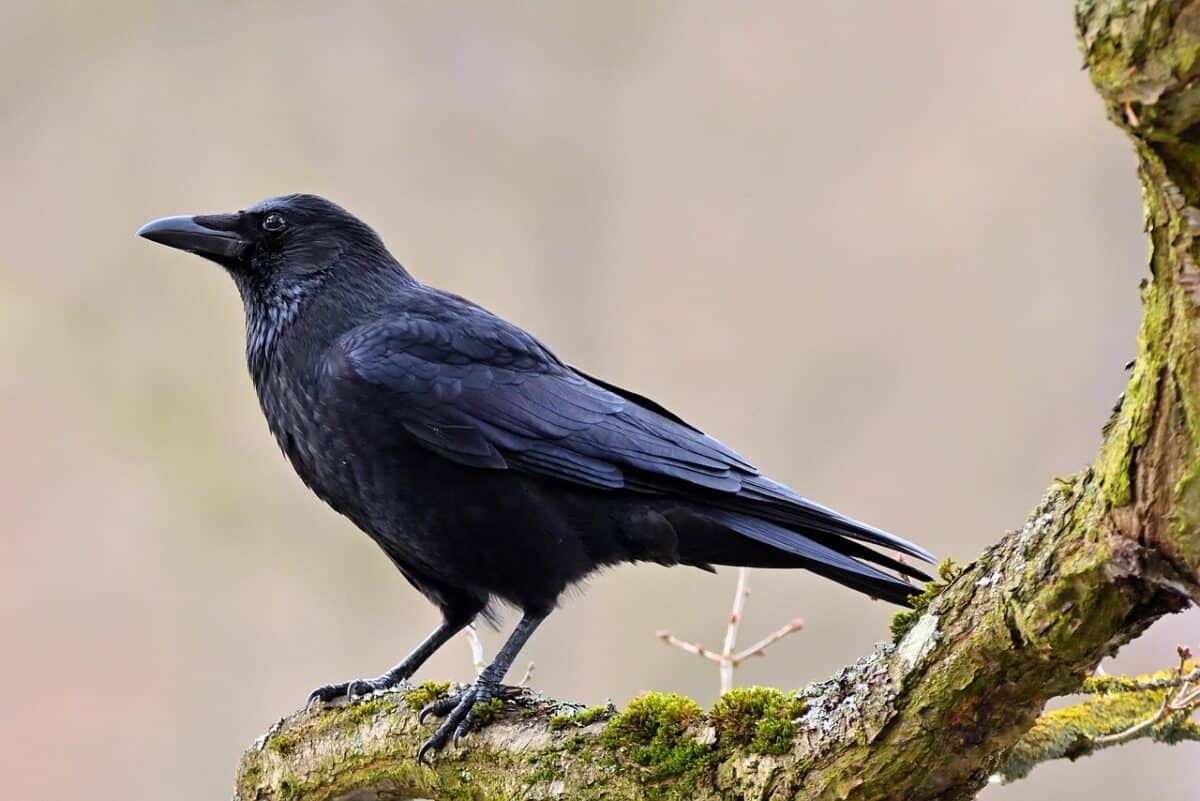In the realm of animal intelligence, few creatures demonstrate cognitive abilities that challenge our understanding of non-human minds quite like crows. These ebony-feathered members of the corvid family have long been associated with intelligence in folklore across cultures, but recent scientific research has revealed something far more remarkable: crows can recognize individual human faces, remember those who have wronged them, and even pass this information to their offspring and peers. This sophisticated social memory system allows them to identify friend from foe, harbor grudges that can last for years, and communicate these judgments throughout their communities. The revelation of these abilities has transformed our understanding of avian cognition and raises profound questions about the nature of animal consciousness.
The Remarkable Intelligence of Corvids
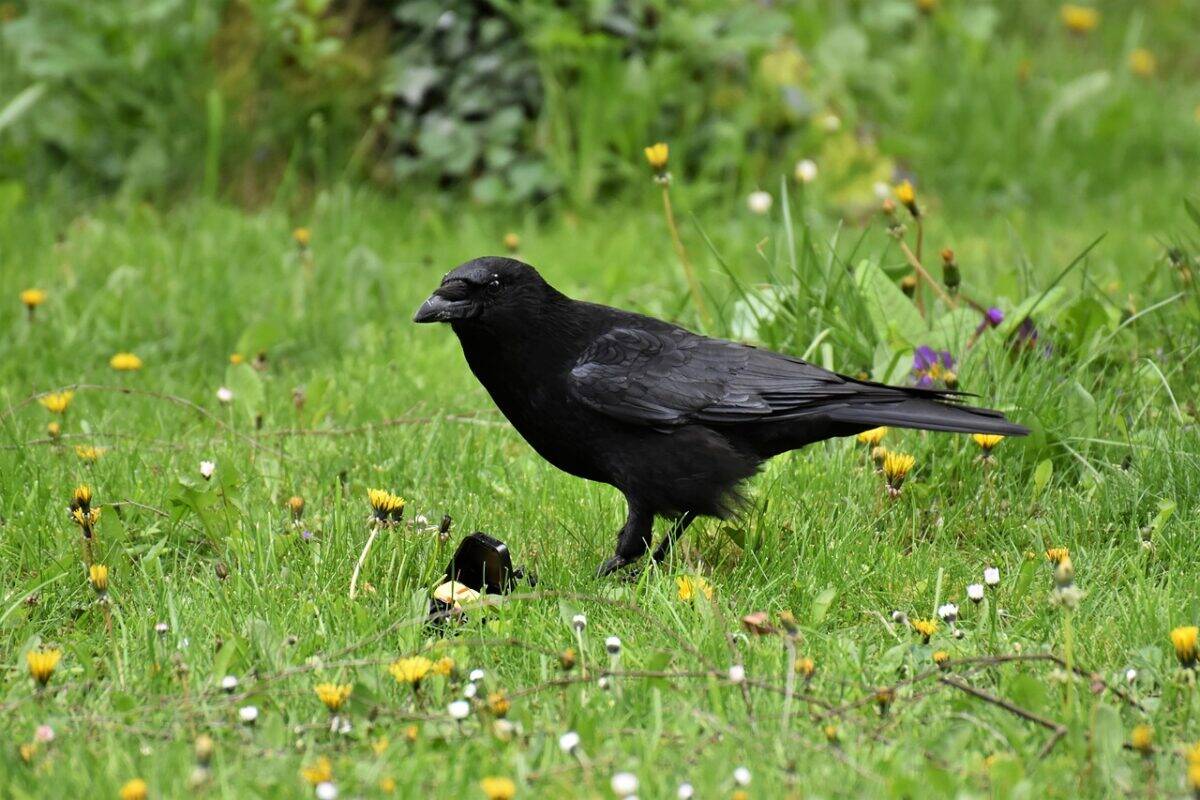
Crows belong to the corvid family, which includes ravens, jays, magpies, and rooks. This family of birds is widely recognized as having some of the most sophisticated cognitive abilities in the animal kingdom. Their brain-to-body size ratio is comparable to that of great apes, and in some cognitive tests, they perform at levels similar to primates. Crows demonstrate exceptional problem-solving skills, use tools, plan for the future, and possess self-awareness rarely seen outside of mammals. Their social structures are complex, involving cooperative behaviors and what appears to be cultural transmission of knowledge. These cognitive foundations provide the necessary neural architecture for their remarkable facial recognition abilities and social memory that underlies their capacity to hold grudges.
The Pioneering Seattle Crow Study
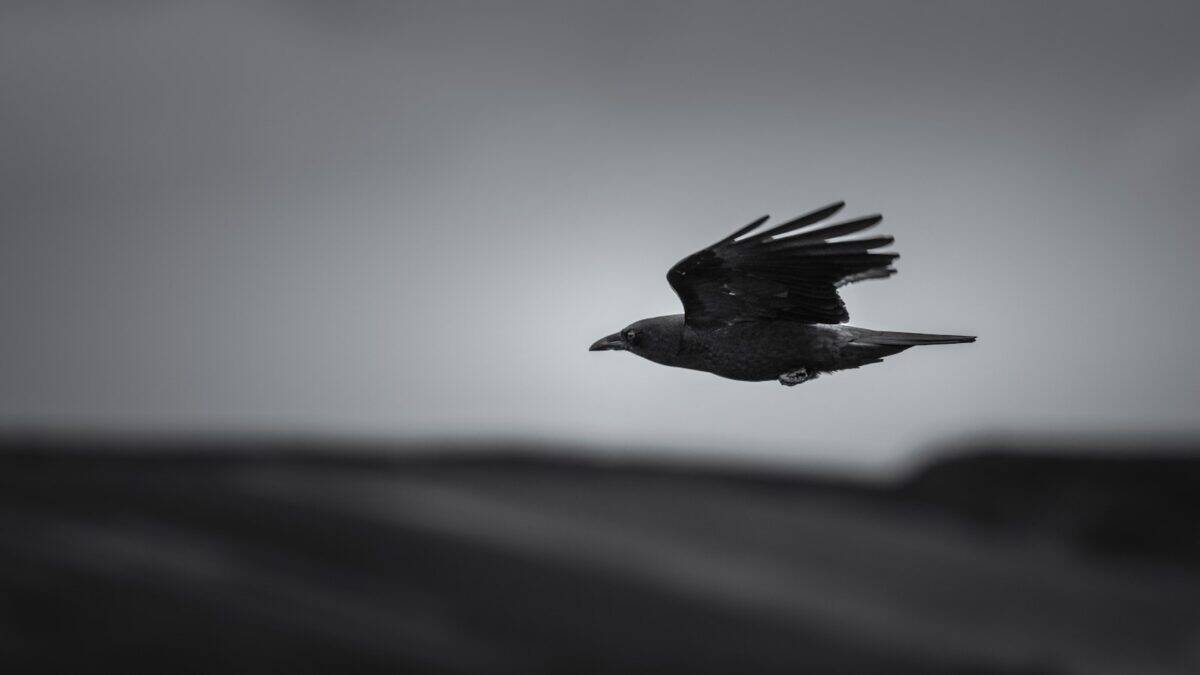
The scientific discovery of crows’ ability to recognize and remember human faces emerged from groundbreaking research conducted by Dr. John Marzluff at the University of Washington in Seattle. In 2006, Marzluff and his team designed an elegant experiment to test whether American crows could distinguish between different human faces. Researchers wore distinctive rubber masks while trapping and banding crows on campus. One mask was designated as the “dangerous” face (worn during capture), while other “neutral” masks were worn by people who ignored the crows.
The results were striking: crows not only learned to recognize and mob the “dangerous” mask-wearer, but this recognition persisted for years after the initial negative encounter. When researchers returned to campus wearing the “dangerous” mask years later, crows that had never been captured themselves—but had witnessed or learned about the previous trappings—would dive-bomb and scold the mask-wearer. This experiment provided the first scientific evidence that crows could recognize individual human faces and maintain negative associations with specific people over extended periods.
The Neurological Basis of Facial Recognition

The neurological mechanisms that enable crows to recognize human faces have been studied using sophisticated brain imaging techniques. Research has shown that when crows view a person they associate with threatening experiences, their brain activates in patterns similar to those seen in mammals experiencing fear and stress. Specifically, the amygdala and other regions associated with emotional processing and memory show increased activity.
Crows have a well-developed visual system and devote significant neural resources to processing visual information, including facial features. Unlike humans, who primarily use specialized brain regions like the fusiform face area for facial recognition, crows appear to use more distributed neural networks that integrate visual information with emotional responses and memories. This integration allows them to rapidly classify humans into categories of “threatening” or “safe” based on facial characteristics and previous experiences, demonstrating a sophisticated form of associative learning that persists over time.
How Grudges Form in Crow Communities
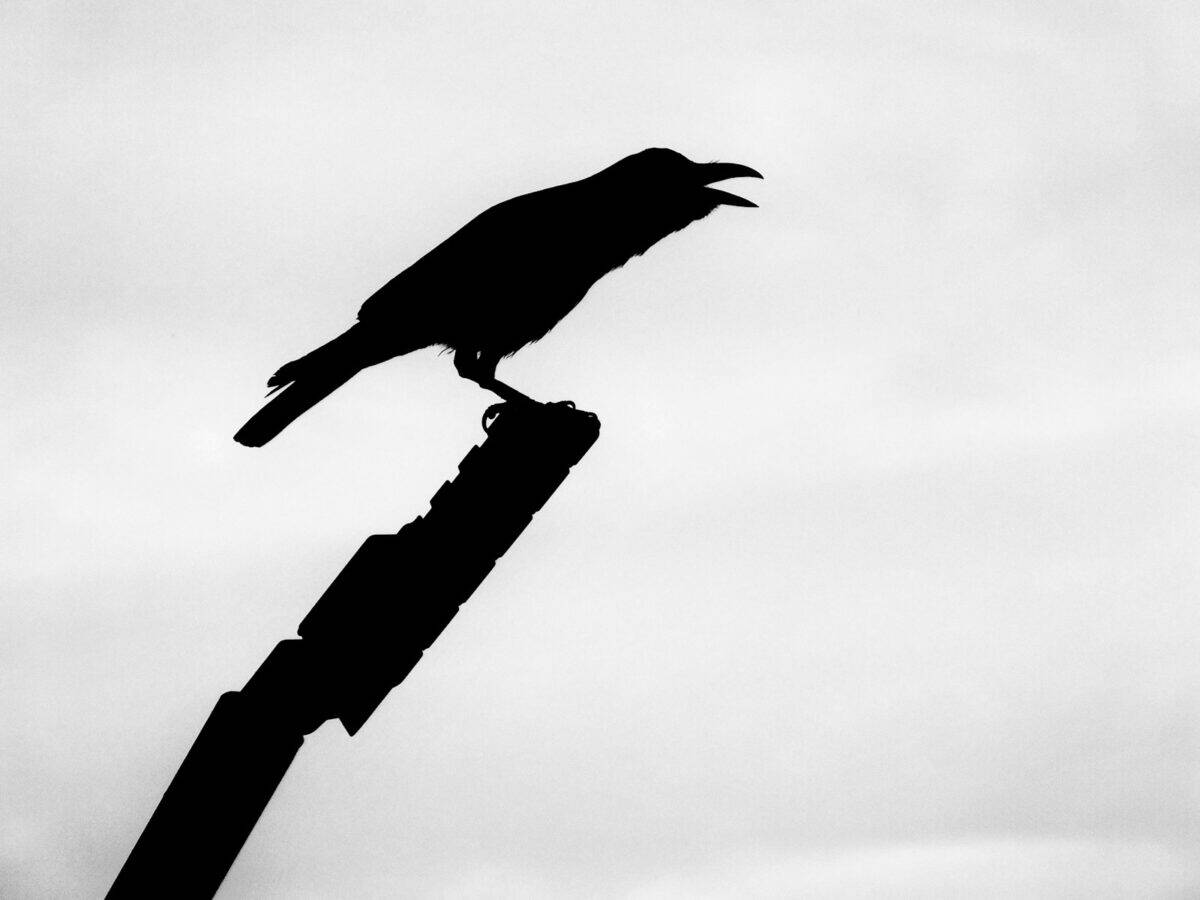
The formation of grudges in crow communities follows a fascinating psychological process. When a crow experiences a negative interaction with a human—such as being captured, threatened, or witnessing harm to another crow—it creates a strong associative memory linking that person’s facial features with danger. This association is reinforced through the crow’s stress response, which involves the release of stress hormones that strengthen memory formation. Once established, these negative associations can persist for years without reinforcement. What makes crow grudges particularly remarkable is their social dimension.
When a crow identifies a threatening human, it often performs specific alarm calls that communicate danger to other crows in the vicinity. These alarm calls are distinct from general predator warnings and contain acoustic information that appears to communicate specific details about the threat. Other crows observe both the alarm-calling behavior and the target human, creating their own associative memories even without direct negative experiences. This social learning mechanism allows knowledge about “dangerous humans” to spread rapidly through crow communities, creating what researchers describe as a collective grudge against specific individuals.
Intergenerational Transmission of Grudges
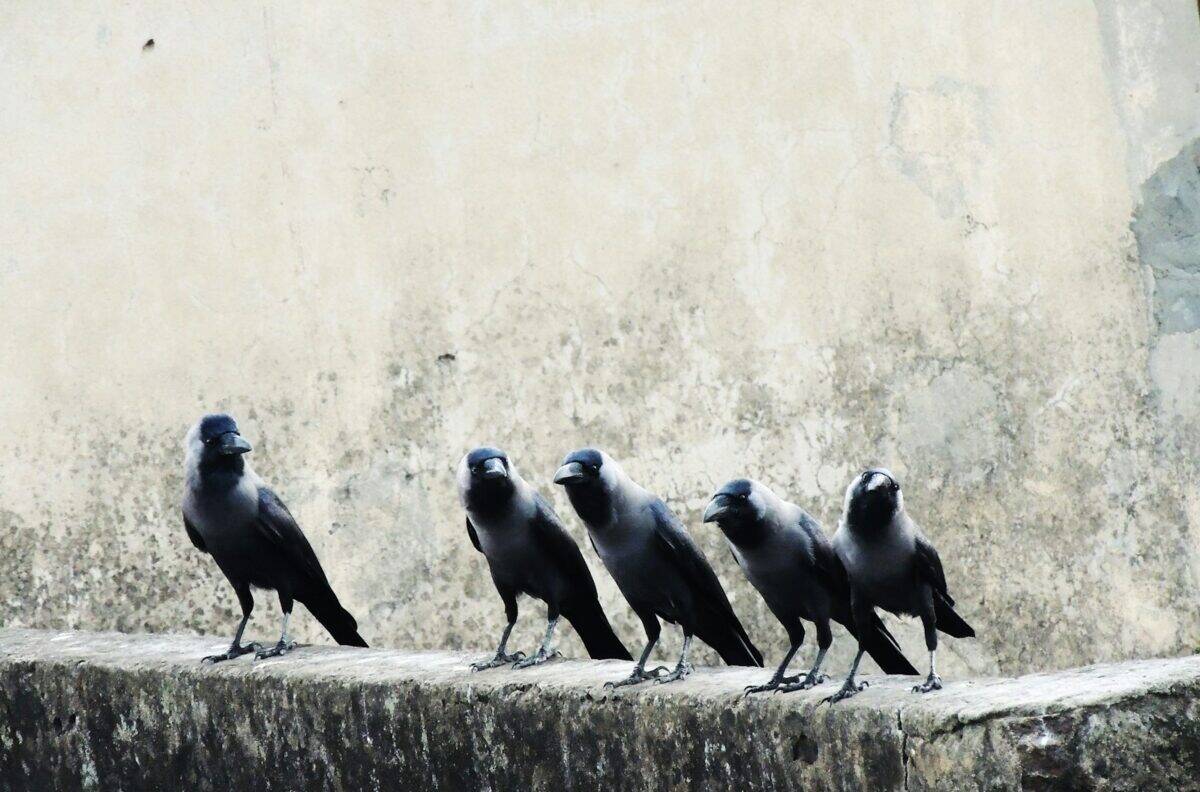
Perhaps the most extraordinary aspect of crow grudges is their persistence across generations. Studies have documented that young crows learn to recognize and mob specific “dangerous” humans without ever having experienced negative interactions with those individuals themselves. This transmission occurs through multiple pathways: young crows observe their parents and other adult crows mobbing specific humans and learn to associate those faces with danger; they hear the distinctive alarm calls that adult crows use to signal human threats; and they participate in group mobbing behaviors that reinforce the negative association.
Researchers have documented cases where crows maintained negative associations with specific human faces for at least five years, with the knowledge spreading to individuals born years after the initial negative event occurred. This intergenerational transmission of specific threat recognition demonstrates a sophisticated form of cultural learning that was previously thought to exist primarily in mammals with extensive parental care and complex social structures. The ability to pass specific knowledge about human threats to offspring provides significant survival advantages to crow communities living in close proximity to humans.
Facial Features Crows Focus On

Crows employ sophisticated visual processing to identify human faces, focusing on both holistic facial patterns and specific distinctive features. Research suggests they pay particular attention to the eyes, nose, and mouth—regions that contain the most distinguishing characteristics between individuals. They appear capable of recognizing faces despite changes in lighting, angle, distance, and even partial obscuration. Experiments have demonstrated that crows can identify a previously “dangerous” person even when they wear different clothing, change their walking gait, or appear in unfamiliar contexts.
This suggests crows process facial information in a manner somewhat similar to humans, extracting invariant features that remain consistent across different viewing conditions. Interestingly, studies have shown that crows may be more attentive to negative or threatening facial expressions, perhaps reflecting an evolutionary adaptation to detect potential threats in their environment. Their ability to discriminate between similar-looking humans is particularly remarkable given that crows did not evolve specifically to recognize human faces, indicating impressive neural plasticity and adaptive learning capabilities.
Contrasting Recognition with Positive Associations
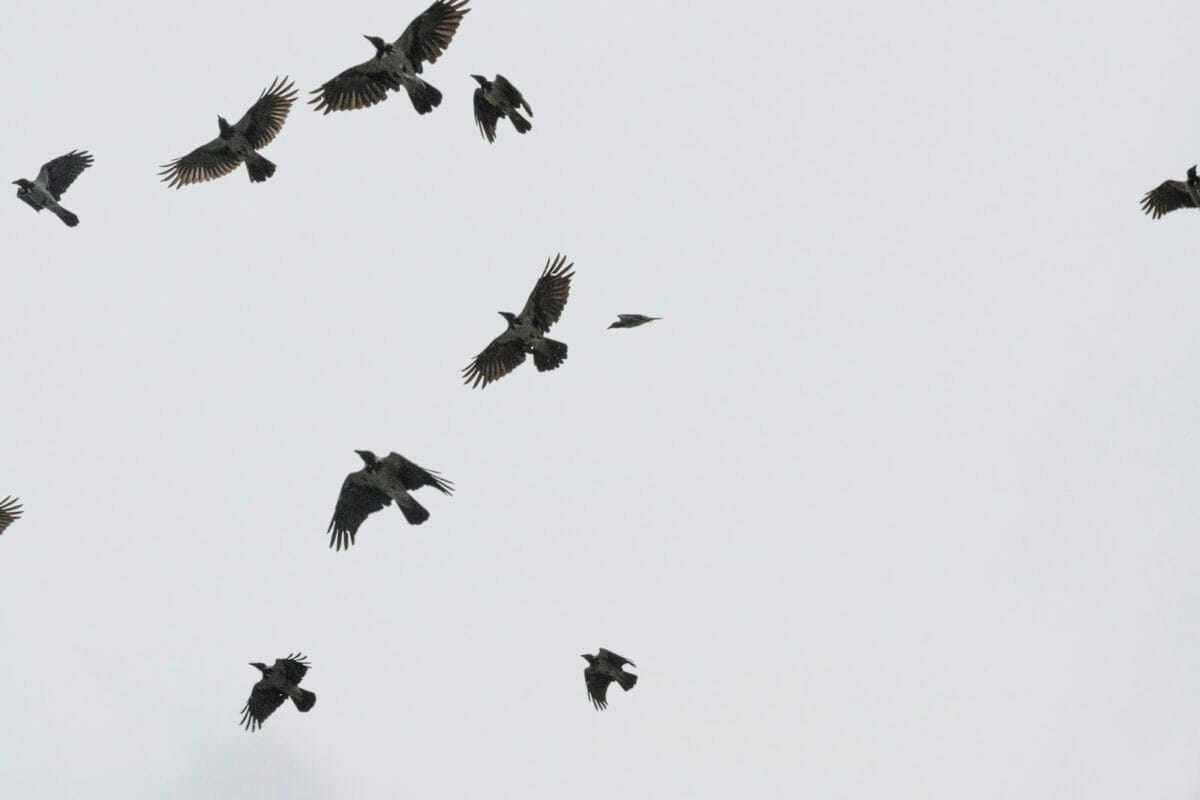
While crow grudges receive significant attention, these birds also form positive associations with human faces. Crows can recognize and remember humans who feed them or otherwise provide beneficial interactions. Researchers and ordinary people who regularly feed crows often report that the birds appear to recognize them, approach when they appear, and even bring small gifts like shiny objects or trinkets. These positive associations demonstrate that crow facial recognition isn’t merely a threat-detection system but a sophisticated social memory that tracks the full spectrum of human interactions.
Studies comparing crow responses to “threatening” versus “feeding” humans have found distinct behavioral patterns: around threatening humans, crows maintain greater distances, produce alarm calls, and may engage in mobbing behavior; around beneficial humans, they approach more closely, produce different vocalizations, and demonstrate what appears to be expectant behavior. This capacity for forming nuanced associations with different individuals further highlights the complexity of crow cognition and their remarkable ability to navigate human-dominated environments by categorizing people according to past experiences.
The Evolutionary Advantages of Facial Recognition
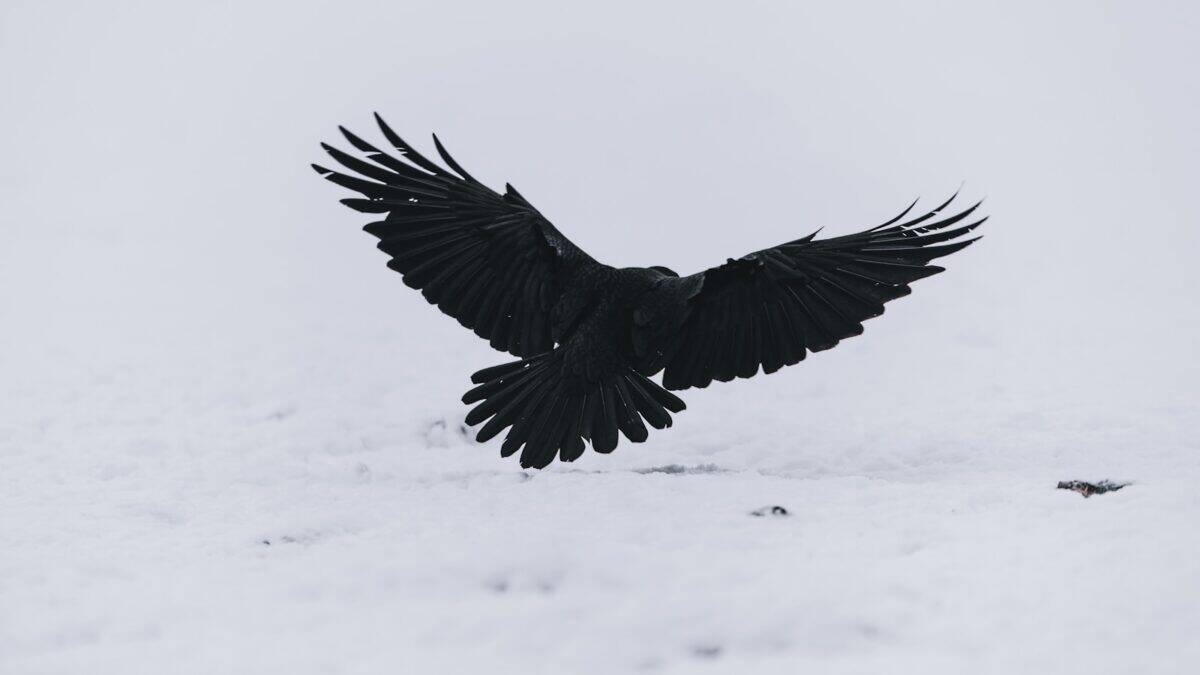
The ability to recognize individual humans and maintain long-term grudges confers significant evolutionary advantages to crows, particularly as they increasingly inhabit urban and suburban environments. In these human-dominated landscapes, distinguishing between threatening and benign humans allows crows to efficiently navigate potential dangers while taking advantage of human-provided resources. This cognitive specialization likely evolved from more generalized abilities to track individual relationships within their own species. Crows maintain complex social hierarchies and alliances that require individual recognition and memory of past interactions with other crows.
The neural architecture that evolved for these intraspecific social cognition capabilities was likely repurposed to track interactions with humans as our species became an increasingly significant factor in crow ecology. The transmission of human facial recognition to offspring and fellow crows creates a community-wide knowledge system that enhances group survival in environments with both dangerous and beneficial humans. This adaptation represents a remarkable example of cognitive and behavioral flexibility in response to recent ecological changes, as human expansion has dramatically altered the selective pressures on crow populations within just the past few centuries.
Cultural Variations in Crow Grudge Behavior
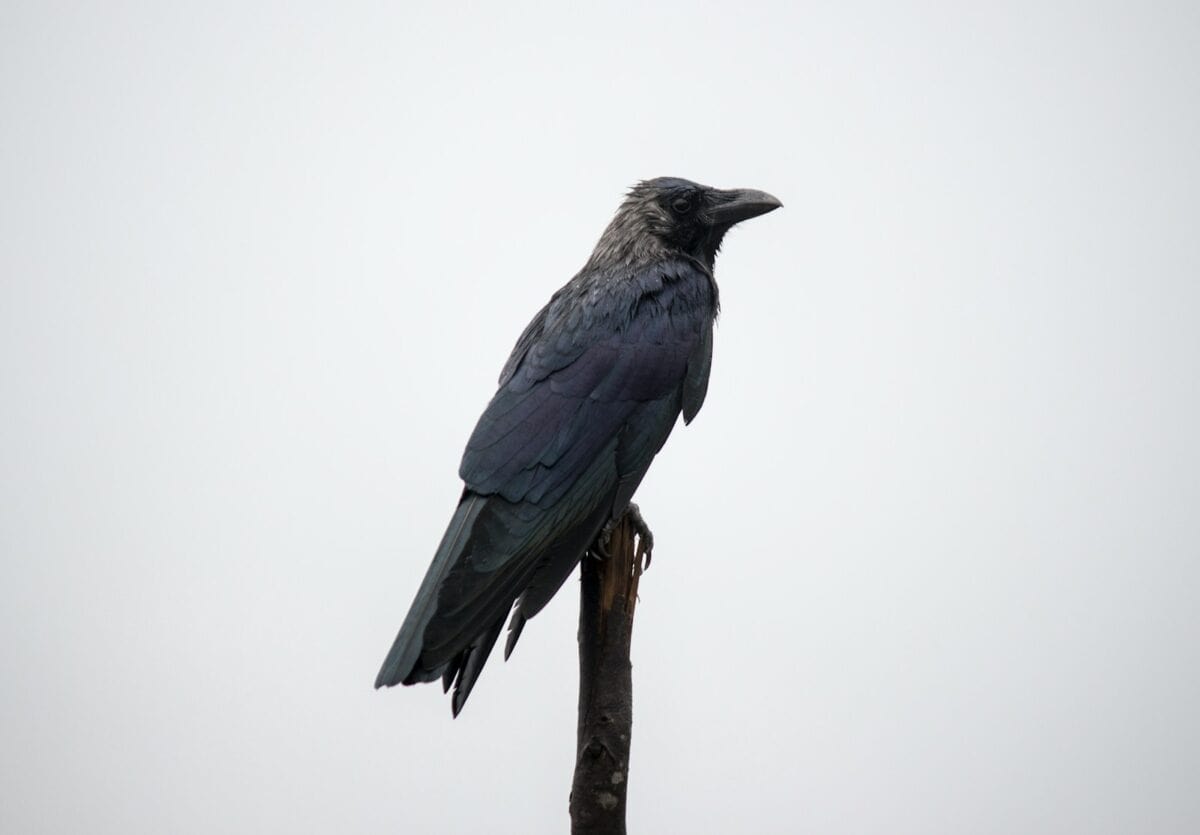
Fascinating variations exist in how different crow populations around the world respond to humans. Urban crows typically display more sophisticated human discrimination abilities than their rural counterparts, likely due to their higher frequency of human interactions. Studies comparing American crows (Corvus brachyrhynchos) with other corvid species such as European carrion crows (Corvus corone), New Caledonian crows (Corvus moneduloides), and Japanese jungle crows (Corvus macrorhynchos) have found similar facial recognition capabilities across species, though with variations in how quickly they form and maintain these memories.
Cultural differences also manifest in how crow communities collectively respond to threatening humans—some populations primarily use vocal warnings, while others emphasize physical mobbing behaviors or stealthy observation from a distance. These variations likely reflect both genetic differences between crow species and learned cultural traditions within specific communities. Researchers have observed that crow populations in areas with higher human hunting pressure tend to be more wary of all humans and form stronger, more persistent grudges against threatening individuals. These cultural variations demonstrate that crow grudge behavior isn’t simply a rigid instinctual response but a flexible cognitive adaptation that can be modified based on local conditions and community learning.
Reconciliation: Can Crow Grudges Be Overcome?

Once a crow has formed a negative association with a specific human, overcoming this “grudge” is remarkably difficult—but not impossible. Research indicates that extinction of negative associations requires consistent positive interactions over extended periods. Simply ceasing negative behaviors is typically insufficient; active positive reinforcement through feeding or other beneficial interactions is usually necessary. Even with positive reinforcement, studies show that crows maintain wariness around previously threatening humans for much longer than they do with unfamiliar humans. The process of reconciliation appears to be gradual, with crows slowly decreasing their flight initiation distance (how closely they allow the human to approach) and reducing alarm calling over time.
Complete reconciliation may require months or even years of consistent positive interactions. Interestingly, younger crows that have learned to fear specific humans through social transmission rather than direct negative experience may be quicker to revise their assessments based on new positive interactions. This suggests that firsthand negative experiences create stronger, more persistent memories than socially transmitted information. Researchers studying crow reconciliation have noted that the process resembles forgiveness in higher mammals, raising intriguing questions about emotional processing in avian brains.
Daily Life Implications for Humans

Understanding how crows recognize and remember human faces has practical implications for people who regularly interact with these birds. For those hoping to foster positive relationships with local crows, consistency in appearance and behavior is key. Wearing similar clothing and approaching crows in a predictable, non-threatening manner helps establish positive recognition. Regular feeding at consistent times can develop beneficial associations, though experts caution against creating dependency. For researchers or wildlife managers who must handle crows for legitimate purposes such as conservation work, the research suggests wearing disguises or masks during necessary but potentially negative interactions. Some wildlife rehabilitation centers now use masks when treating injured crows to prevent the birds from developing negative associations with their actual faces.
Homeowners experiencing problems with defensive crows should understand that aggressive behavior might indicate they resemble someone who previously threatened the birds. In such cases, changing one’s appearance when outdoors (wearing hats, sunglasses, or different colored clothing) might help reset the relationship. Perhaps most importantly, this research encourages greater respect for crow intelligence and promotes more thoughtful human-wildlife interactions, recognizing that our behaviors toward urban wildlife can have long-lasting consequences on their perception of us.
Ethical Considerations and Future Research

The discovery of crows’ sophisticated facial recognition abilities raises important ethical considerations for both research and everyday interactions. Understanding that crows form long-lasting negative associations from threatening experiences encourages more humane management practices and discourages unnecessary harassment of these intelligent birds. For researchers, this knowledge has transformed experimental protocols to minimize psychological stress on study subjects. Future research directions include investigating whether crows can differentiate human emotional expressions and intentions; exploring the limits of their recognition abilities across different contexts; and using advanced neuroimaging to better understand the neural pathways involved in facial processing.
Particularly promising is research examining whether crows can categorize humans into social groups beyond individual recognition, which would represent an even higher level of cognitive abstraction. Other studies are investigating whether crows communicate specific information about human identities to each other, potentially using referential communication similar to rudimentary language. As research techniques improve, scientists hope to better understand how crow brains encode and store facial information and how these memories interact with emotional processing to create their remarkably persistent grudges. These investigations continue to challenge our understanding of animal cognition and narrow the perceived cognitive gap between humans and other species.
Conclusion: The Mind of the Crow
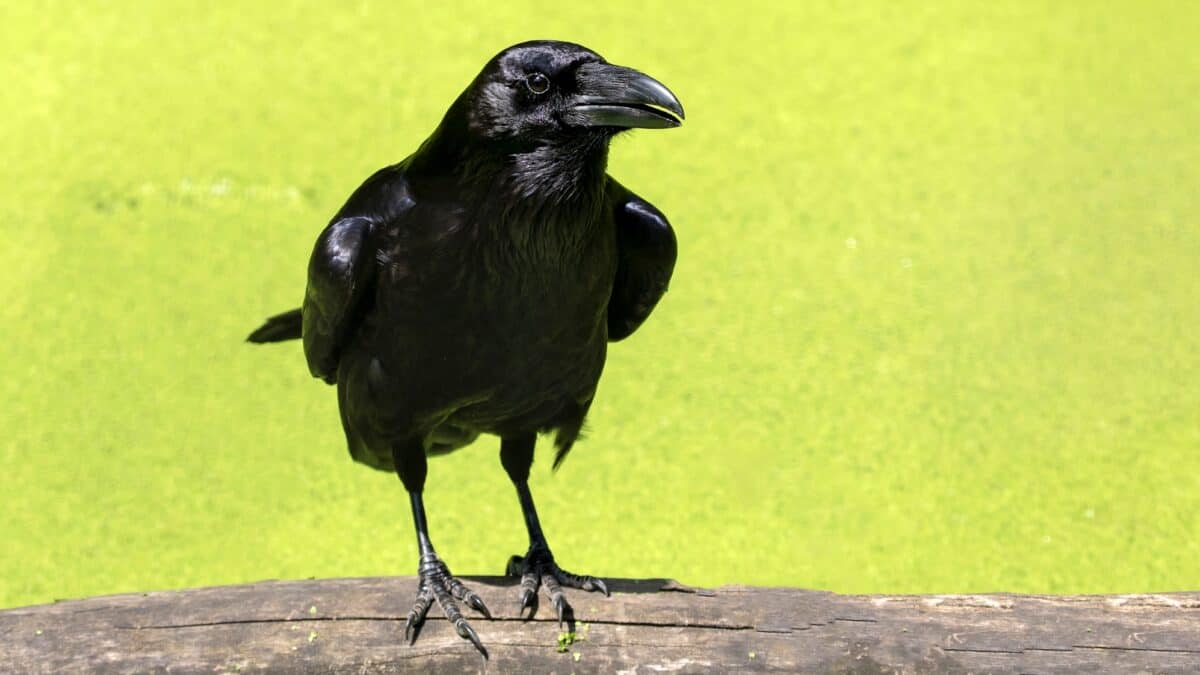
The ability of crows to recognize human faces and maintain grudges represents one of the most sophisticated cognitive achievements documented in the avian world. This capacity requires a complex integration of visual processing, emotional memory, social learning, and cultural transmission that challenges traditional views about bird intelligence. Through their remarkable facial recognition abilities, crows demonstrate that advanced cognition has evolved independently in different branches of the evolutionary tree, converging on similar solutions to social and ecological challenges despite vastly different brain structures.
Beyond its scientific significance, this research transforms our relationship with these common birds, encouraging us to view them not as simple automata but as sentient beings with rich inner lives, complex social relationships, and individual memories of their interactions with us. As we share increasingly crowded urban environments with these feathered neighbors, understanding their perspective helps foster more respectful coexistence and reminds us that intelligence in nature takes many forms beyond our own human experience.
- The Most Stunning Horse Breeds Raised on Wyoming’s Ranches - August 7, 2025
- The Most Patient Predator on Earth Can Wait Days Without Moving - August 7, 2025
- The Science Behind Bear Hibernation (and Why It’s Not True Sleep) - August 7, 2025

